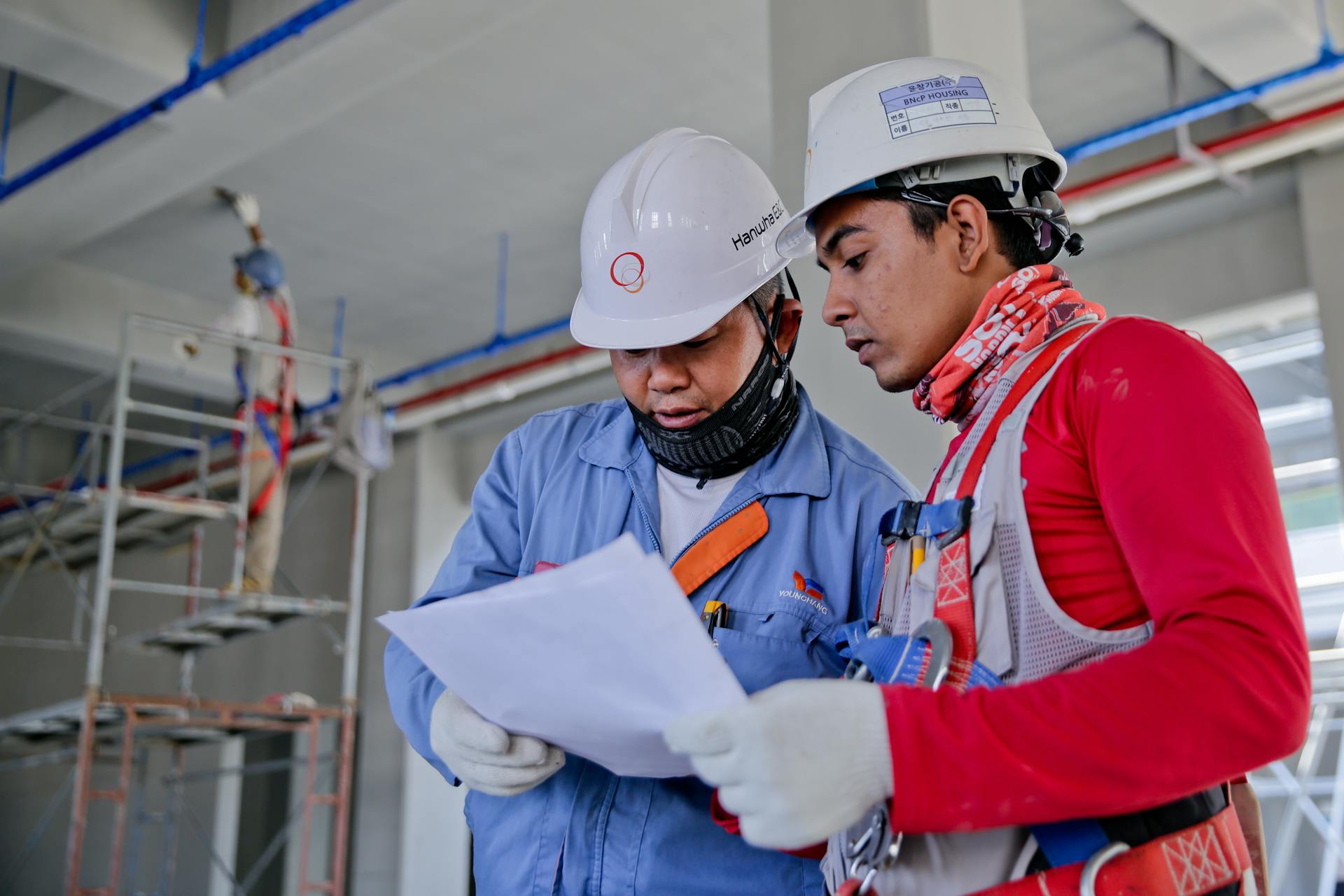
Temporary Modular Buildings: A Comprehensive Overview
Temporary modular structures have become cutting-edge solutions in the fields of design and construction, providing sustainability, efficiency, and diversity· These portable buildings, which are frequently constructed off-site and installed in place, are transforming several different sectors and industries by offering adaptable spaces that may change to meet changing demands· There are many important and varied applications for temporary modular structures, ranging from emergency response to commercial ventures·
Temporary Modular Buildings: What Are They?
Prefabricated or prefab buildings, also referred to as temporary modular buildings, are buildings constructed off-site in factory-like conditions utilising prefabricated modules or sections· After that, these components are delivered to the location and put together in the required configuration· In contrast, conventional construction involves erecting a structure wholly on the site·
These constructions can be as basic as temporary cabins or as intricate as multi-story buildings with offices, classrooms, medical facilities, housing units, and other spaces· They are perfect for temporary or semi-permanent applications because of the modular building process’s fast deployment capability.
The modular construction method used in temporary modular structures is its defining feature· Modular structures are put together using prefabricated modules or parts rather than having the full structure constructed on-site· These modules may be assembled to construct structures of different sizes and designs, and they are usually made to be readily transportable·
Because of their easy transportability, temporary modular structures are the perfect choice for projects requiring mobility or transient deployments· Modular structures are versatile and flexible, suitable for a wide range of purposes, and may be easily moved to new locations once built·
What Are They Used For?
Emergency Response & Disaster Relief: In times of natural catastrophes or humanitarian crises, temporary modular structures are essential for providing facilities and shelter right once· They can quickly and effectively provide vital infrastructure in afflicted regions by acting as emergency housing, clinics, command centres, and schools·
Construction Site Offices: For project management, administrative duties, and meetings, on-site offices are frequently needed for construction projects· Throughout a project, contractors can put up temporary offices that are easily relocated or enlarged thanks to the easy and customisable options offered by modular structures·
Commercial Spaces and Events: Temporary modular structures offer a cost-effective means for companies to create a presence in high-traffic locations or during events like sports tournaments, trade exhibitions, and festivals, whether they be pop-up restaurants or retail storefronts· These arrangements reduce initial outlay of funds while providing mobility and branding options·
Housing Solutions: Temporary modular houses provide a transitory housing option for areas experiencing a scarcity of housing or displacement as a result of urbanisation or wars· With the ability to adapt capacity based on need, these units may be swiftly deployed to offer people and families in need secure and respectable places to live·
What Are The Benefits Of Temporary Modular Buildings?
Speed and Efficiency: When compared to traditional techniques, modular construction drastically shortens project schedules· Construction may go quickly since modules are manufactured off-site and installed in tandem with site preparation, reducing interruptions and speeding up occupancy·
Cost-Effectiveness: Because modular structures are produced using a simplified procedure, labour costs, material waste, and construction delays are frequently decreased· Furthermore, the economic feasibility of temporary constructions is improved by the modules’ capacity to be reused for other applications·
Quality Control: Modular construction precision and uniform quality standards are guaranteed in factory-controlled manufacturing settings· Tighter quality control procedures guarantee adherence to construction norms and regulations while reducing the possibility of errors·
Scalability and Flexibility: Temporary modular constructions are highly scalable, allowing for easy expansion, relocation, and reconfiguration of the structures as needed· Businesses and organisations are able to quickly adapt to changing circumstances without needing significant disruptions or additional expenditure·
Sustainability: Modular design inherently promotes sustainability by optimising resource utilisation, reducing construction waste, and mitigating the environmental impact of conventional building methods· In addition to using eco-friendly materials and technologies, modular buildings are designed with energy efficiency in mind·
So, How Is It Different From Permanent Modular Buildings?
If you’re having trouble deciding between temporary and permanent modular construction, you need to know that the majority of their features are the same· It’s crucial to understand that both types save time and money by using the same modular building approach· Temporary and permanent modular constructions are similar save for a few points·
Construction
While temporary modular buildings are prefabricated off-site and assembled on site, permanent structures are constructed on-site from the ground up·
Durability
While temporary structures are usually employed for short- to medium-term purposes, permanent buildings are made to endure long-term use and environmental variables·
Customisation
While modular structures frequently have standardised designs and finishes, permanent buildings provide greater alternatives for customisation in terms of materials and design·
Legislations
When it comes to design, permitting, and occupancy restrictions, permanent and temporary constructions may be subject to different building rules and laws·
Cost
Because of their standardised designs and expedited construction procedures, temporary modular buildings are often less expensive up front, although permanent constructions may cost more upfront but yield more value over time·